
Copernical Team
NASA insists Boeing Starliner crew 'not stranded' on ISS
 The first astronauts to fly Boeing's troubled Starliner are definitely not "stranded" at the International Space Station, NASA insisted Friday despite having no clear timeframe for bringing them home.
In an unusually defensive press call, officials attempted to put a positive spin on where things currently stood after weeks of negative headlines due to the spaceship's delayed return.
Ast
The first astronauts to fly Boeing's troubled Starliner are definitely not "stranded" at the International Space Station, NASA insisted Friday despite having no clear timeframe for bringing them home.
In an unusually defensive press call, officials attempted to put a positive spin on where things currently stood after weeks of negative headlines due to the spaceship's delayed return.
Ast A harmless asteroid will whiz past Earth Saturday. Here's how to spot it
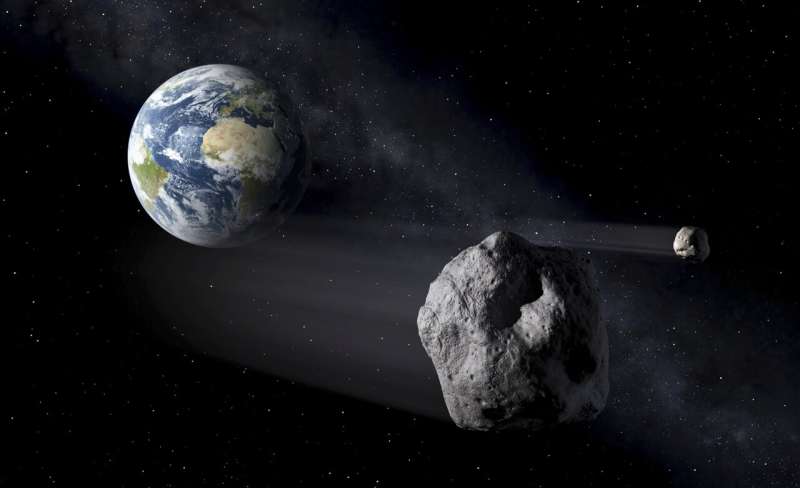
Japan's space agency delays launch of upgraded observation satellite on new H3 rocket due to weather
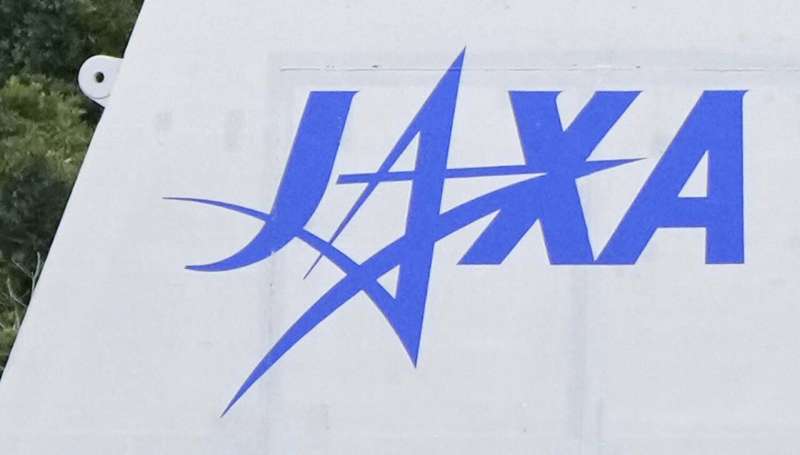
Europe satellite operator drops Ariane 6 rocket for SpaceX: report
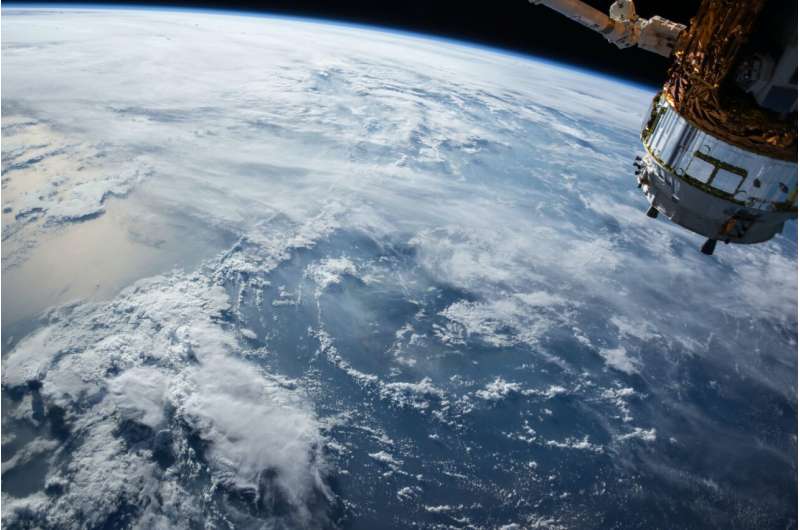
Europe's weather satellite operator has cancelled plans to use the European rocket Ariane 6 less than two weeks before its first-ever launch, opting to go with US firm SpaceX instead, the French newspaper Le Monde has reported.
The latest blow to European space efforts comes after four years of delays to the Ariane 6, which is scheduled to finally blast off for the first time on July 9.
Contacted by AFP on Friday, the European Organization for the Exploitation of Meteorological Satellites (EUMETSAT) could not immediately be reached, while the French company Arianespace, which developed and operates the Ariane 6 rocket, did not comment.
According to the Le Monde report, EUMETSAT's executive committee asked the board of directors representing the organization's 30 member states to launch the MTG-S1 weather satellite on SpaceX's Falcon 9 rocket.
That would mean cancelling the contract EUMETSAT signed with Arianespace four years ago.
The MTG-S1 satellite had been planned to be the third launch on an Ariane 6 rocket, scheduled to blast off sometime early next year.
The Le Monde report did not specify exactly why EUMETSAT ditched the European rocket for US billionaire Elon Musk's SpaceX.
NASA parachute sensor testing could make EPIC Mars landings
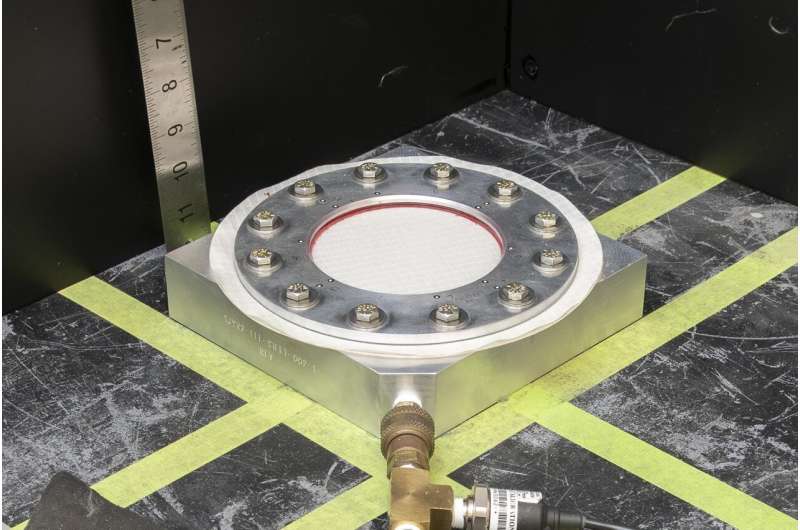
LLNL gamma-ray sensor has the best resolution
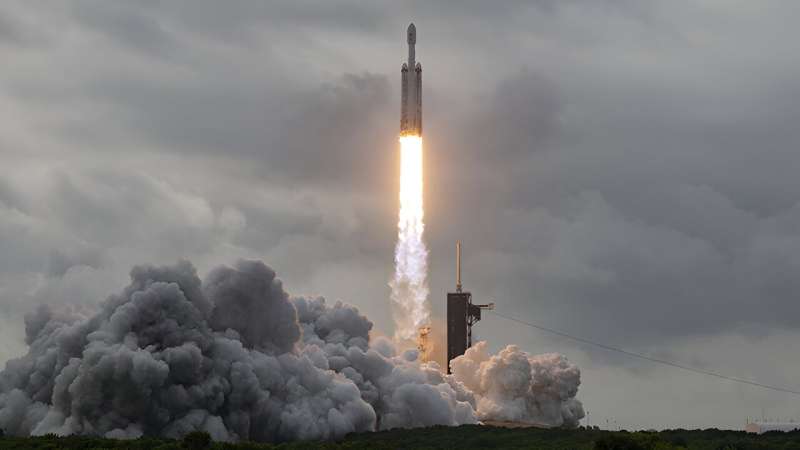
It's official. An instrument designed and built by Lawrence Livermore National Laboratory (LLNL) researchers is the highest-resolution gamma ray sensor that has ever flown in space.
The Livermore high-purity germanium (HPGe) gamma ray sensor is an essential part of a larger gamma-ray spectrometer (GRS) built in collaboration with researchers from Johns Hopkins Applied Physics Laboratory (JHAPL) in Laurel, Maryland.
The GRS is part of a suite of instruments launched Oct.13 from the Kennedy Space Center aboard a SpaceX Falcon Heavy rocket to make the first-ever visit to Psyche, the largest metal asteroid in the solar system.
NASA's Juno Observes Lava Lakes on Jupiter's Moon Io
 New observations from NASA's Juno probe reveal extensive lava lakes on Jupiter's moon Io, providing new insights into its volcanic activity. These findings come from Juno's Jovian Infrared Auroral Mapper (JIRAM) instrument, provided by the Italian Space Agency, which captures infrared light. Researchers published a paper on Juno's latest volcanic discoveries on June 20 in Nature Communications E
New observations from NASA's Juno probe reveal extensive lava lakes on Jupiter's moon Io, providing new insights into its volcanic activity. These findings come from Juno's Jovian Infrared Auroral Mapper (JIRAM) instrument, provided by the Italian Space Agency, which captures infrared light. Researchers published a paper on Juno's latest volcanic discoveries on June 20 in Nature Communications E Earth from Space: Meteor Crater
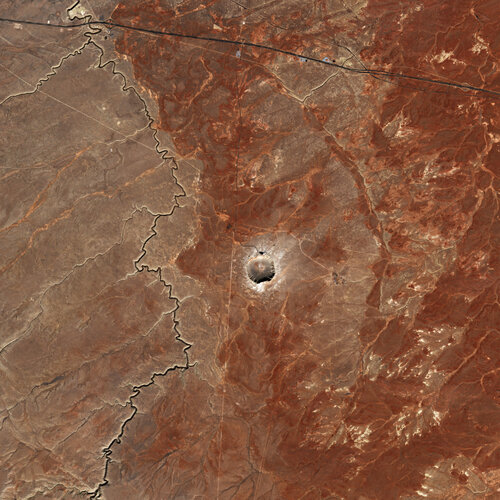 Image:
Ahead of Asteroid Day, the Copernicus Sentinel-2 mission takes us over the Meteor Crater, also known as the Barringer Meteorite Crater.
Image:
Ahead of Asteroid Day, the Copernicus Sentinel-2 mission takes us over the Meteor Crater, also known as the Barringer Meteorite Crater. Ariane 6 launches LIFI: light-speed secure communications
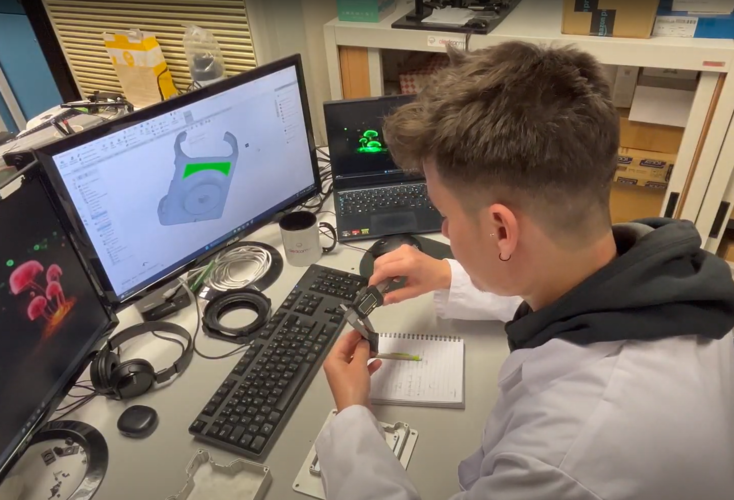
10 impact craters seen from space
 Video:
00:07:14
Video:
00:07:14
Have you ever wondered what an impact crater looks like from space? Today, we’re counting down some of our favourite impact craters here on Earth – captured by Earth-observing satellites.
Craters are inevitably part of being a rocky planet. They occur on every planetary body in our solar system – no matter the size. By studying impact craters and the meteorites that cause them, we can learn more about the processes and geology that shape our entire solar system.

